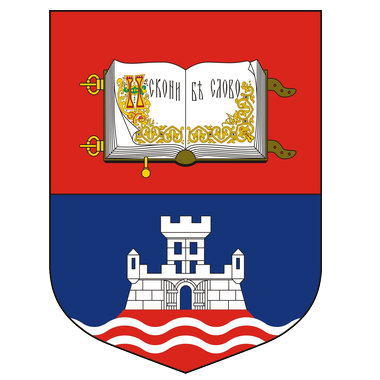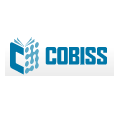Content:
Theory teaching
The course starts with introduction to the basic types of information systems, concepts related to the implementation of information systems in modern business systems, and analysis and modeling of business information systems. After that, the components of information systems are studied: hardware, software, databases, telecommunications, human resources and procedures, followed by elements of business system analysis, such as business process identification, methods of gathering information and presenting the recorded state. Through presentation of the basics of information system design, students will be introduced to basic elements of conceptual, logical and physical design of business solution, as well as logical and physical data design. Object-oriented analysis and design will be presented through the basic elements of the UML language (diagrams of use cases, classes, and sequences). Students will then be introduced to the specifics of designing GIS and spatial data, as well as to the basics of distributed (Internet) GIS, and management information systems (decision support systems). Practical teaching
Using the CASE tools, all of the aforementioned elements will be practically illustrated through exercises, with specific examples of information systems related to mining, oil and gas, geology, environmental protection and occupational safety. Students will demonstrate the mastered material through the development of an information system project using CASE tools. |
Suggested Reading List:
- Dennis A., Haley Wixom B., Roth R.M., System Analysis and Design, John Wiley and Sons, 2006.
- Avison D., Fitzgerald G., Information Systems Development: Methodologies, Techniques, and Tools, Mc-Graw-Hill, 2003.
- Martin Fowler, Kendall Scott, UML ukratko, Mikro knjiga, 2004
- OMG®(Object Management Group) Specifications, http://www.omg.org/spec/
- Kenneth C. Laudon, Carol Guercio Traver, Management Information Systems, Prentice Hall, 2011
|






